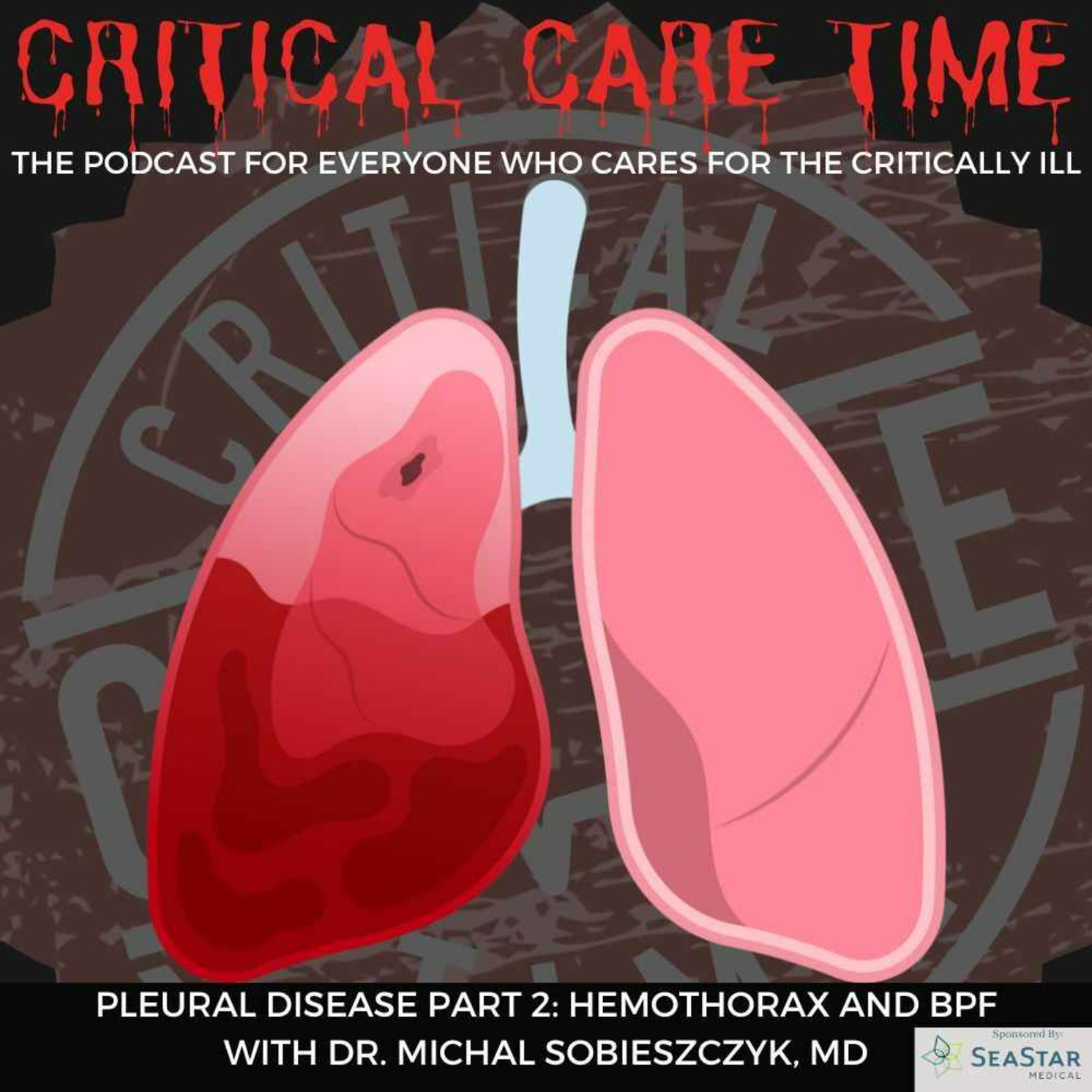35. Pulmonary Embolism Masterclass with Dr. Rich Channick
Update: 2024-10-07
Description
On this week's release, Cyrus and Nick revisit one of their favorite topics: Pulmonary Embolism! In this episode - a follow up to our two-parter from season 1 - we sit down with Dr. Rick Channick of UCLA to talk about his approach to PE management with a focus on catheter directed therapies & PE response teams. This episode is packed full of expert insights and practical clinical pearls. Give it a listen and let us know what you think!
Risk Stratification Methodologies
What is the landscape of risk stratification in Pulmonary Embolism (PE)?
Broadly, what interventions does each risk category group warrant?
- Rule of Thumb: The greater the risk to the patient, the more likely aggressive interventions will be considered.
- Most patients with PE are low risk:
- Typically treated with systemic anticoagulation
- Excellent prognosis
- High risk PE patients typically have hemodynamic involvement and can present in shock requiring emergent management :
- No contraindications + shock due to PE systemic thrombolysis
- Absolute contraindications:
- Prior history of ICH
- Known cerebrovascular lesion
- Known malignant intracranial neoplasm
- Non-acute ischemic stroke, within the last 3 months
- Suspect aortic dissection
- Intermediate risk patients:
- Management options exist and are tailored to each specific patient.
- Most, but not all, patients with PE deemed to be at intermediate risk will do well with systemic anticoagulation.
- Some patients are good candidates for catheter directed therapies such as thrombectomy or thrombolysis.
- Who? We don’t really know with a high degree of certainty. Considerations should be made for those with numerous risk factors for poor PE-related outcomes OR those with significant cardiopulmonary reserve / excellent functional status who theoretically could benefit from more brisk reversal of their acute pulmonary hypertension.
See more in depth show notes at criticalcaretime.com
Hosted on Acast. See acast.com/privacy for more information.
Comments
In Channel
























